In five years, Narek Vardanyan, CEO and co-founder of The Crowdfunding Formula, built the world’s largest agency that specialises in supporting entrepreneurs who want to launch new and innovative products, and generate high level pre-orders through crowdfunding. The TCF agency is far removed from asking friends and family members to support a modest Kickstarter or Indiegogo project. In the past three years they have worked on 13 projects that raised over $1 million of product orders, and that’s the level of ambition they want to work with. Here are their tips and insights on crowdfunding preparation to achieve success, including tools to build and reach crowds of backers and influencers
We were delighted Narek agreed to share tips and insights with attendees in Crowdsourcing Week’s Crowd//Session on “How to make your next £1M.” Here are some of his key comments on the crowdfunding preparation that has to take place before a project goes live and sees the light of day. Much of it also applies to preparing an equity crowdfunding project. A recording of the full event will be shared with attendees in January 2021.
How to secure The Crowdfunding Formula’s engagement
TCF uses a simple scoring system, and a project has to score at least 4 out of a possible 6 to be considered.
To achieve this rating it’s clear a product must be aimed at a B2C mass market for TCF to become involved.
Beyond the scoring system, a project leader should have a core team of around five people to share the workload, an ambition to achieve at least $1 million worth of pre-orders, and a prototype that’s at least 85% complete.
How and what to prepare in a pre-launch period
Thorough preparation in the run up before a reward crowdfunding project goes live is absolutely vital to provide a foundation for success. This work is never seen in the project content finally visible to the public on a crowdfunding platform, and remains a challenge to many who aspire to be an innovative entrepreneur.
Prototype
TCF’s team of experienced operatives can identify a host of issues to double-check and pressure test, including sourcing materials and components, manufacturing to regulatory standards in different countries, and supply chain and fulfilment reliability. Some projects have started as long as a year later than originally planned in order for the prototype to be acceptable.
Start to build a crowd of backers
Crowdfunding preparation work to build a crowd focuses on three elements:
- Growing a base of early-adopter subscribers who are interested enough to sign up through a landing page, or join a Facebook group, and not only back a project but maybe also add their voice to the marketing efforts. Opportunities to earn perks with limited availability can make them feel special and identify strongly with a project’s ultimate success.
- Creating a network of influencers, bloggers, journalists and editors of off- and online media who will review and rate a product.
- Building a stockpile of images and video content.
The question of “How many subscribers are needed?” relates to the item unit price. Once a crowdfunding project goes live, potential backers of high ticket items will need more reassurance than for lower price items, and thus need to see an early and convincing level of support.
How to reach and motivate subscribers
TCF can set up a chatbot, a VIP Facebook group, and other social media pages such as Instagram and a ‘regular’ Facebook page. They will create subscriber subsets who will respond better to different types of communication content, and devise a raft of bonuses to keep them all involved during the pre-launch period. You need them to place their orders as soon as the crowdfunding project goes live to give it momentum. Asking them to refer friends can also be very effective.
How to collect and communicate with influencers
Manual searches to first establish the identities of relevant influencers, and to then find contact details, are too slow and time consuming for a project that aims to raise $1 million. The TCF team have the skills to use automated services during the crowdfunding preparation stage. Whether you’re going to use a marketing agency to support your project, or handle it all yourself, these are some of the list-building tools that are available.
- Nymeria enables users to quickly find a person’s email address on supported sites like LinkedIn and GitHub.
- RocketReach finds email, phone and social media details for over 250 million professionals.
- Prophet is an advanced search tool available from the Chrome Web Store. Has 30,000 users.
- Email Hunter extracts and auto saves email addresses from website pages as you visit them.
- Lead IQ, primarily designed as a tool for sales teams, similarly extracts contact data from web pages and LinkedIn.
- Voila Norbert has built up a massive database of B2B email addresses which they will examine to meet customer requests.
- Anymailfinder uses job title search to find your ideal contacts if you don’t even know their name.
- Leadgibbon can add email addresses to a list of contact names and domains.
- PhantomBuster is great for finding contact data in social media profiles.
Having created a group of influencers, reminding them about your project and keeping them informed of progress is also handled better through automation. Mailshake is an email outreach software and sales engagement platform that helps you send emails from Gmail and G Suite, and Streak extension is another CRM system for Gmail users. Others are available.
PR tips on what to say
Crowdfunding preparation includes having product samples available to send to influencers for them to review, and put the most important information in an email in a P.S. Use articles about your product in retargeting ads, and embed tracking pixels in your emails to enable effective follow up.
Let them know you are available if they want to make a video that features you or your product, offer them special perks if they place an order, and ask if they can make any contact lists available to you.
Remember, all this is done in a pre-launch period before your crowdfunding project goes live. Much of it equally applies to equity crowdfunding, where the challenge is to build crowds of influencers and potential retail investors.
How to set a reward crowdfunding target
Narek’s advice is you should set it as low as possible in order to be able to report a fantastic level of overfunding and look to be a sensational success. Nobody else has to know the real aim is at least $1m, or whatever your own target is.
The minimum goal for an “All or Nothing” crowdfunding project should be the breakeven point where pre-orders cover the first minimum production run. It is important to also allow for the following:
- Any level of profit you feel your team’s efforts deserve.
- Fees charged by the crowdfunding platform, which will include an element covering transaction costs (credit/debit card, bank transfer fees, PayPal). In total, about 10%.
- Packaging and delivery costs of the products, plus any applicable tariffs related to countries you are going to ship to.
- Costs you are going to incur to run the crowdfunding project, such as video production, photography, maybe launch events, product samples, Facebook and other social media advertising, legal services and charges, IP protection, and the fees charged by a support agency.
Under the terms of “All or Nothing,” if your project fails to meet the minimum goal the backers are not charged the money they pledged, there are no platform fees to pay, and you don’t have to manufacture the product. The manufacturer, however, may still want some level of payment if they had set aside some production time in their schedules. Consider this in your negotiations with them to begin with. Overall though, if you fail to reach the minimum target you can go home to think again without having incurred a great debt.
The Crowdfunding Formula charges 25% of the money raised. This may seem a lot, though consider what they help each client with, the other benefits of crowdfunding beyond generating sales income.

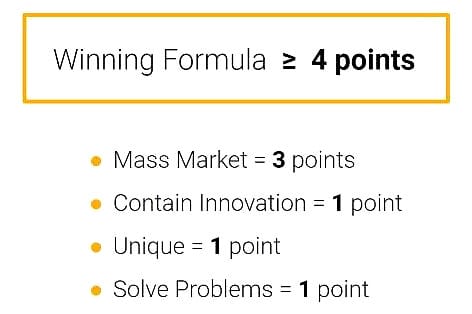
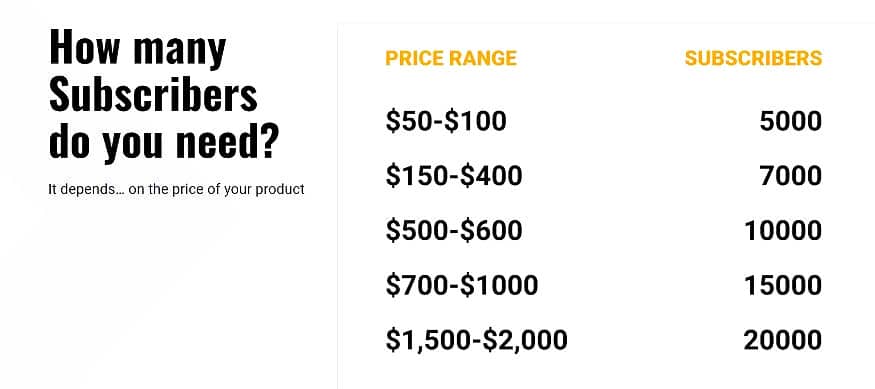
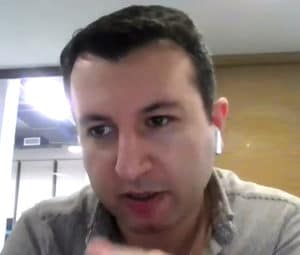

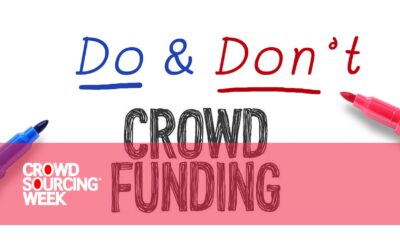
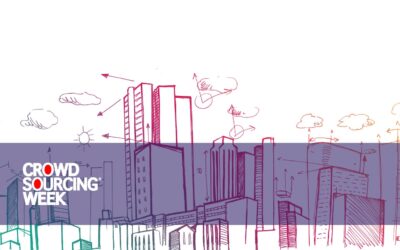
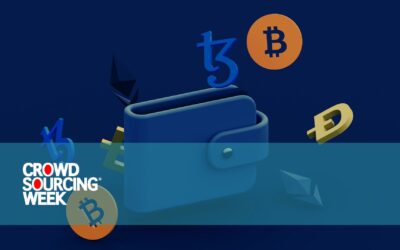
0 Comments